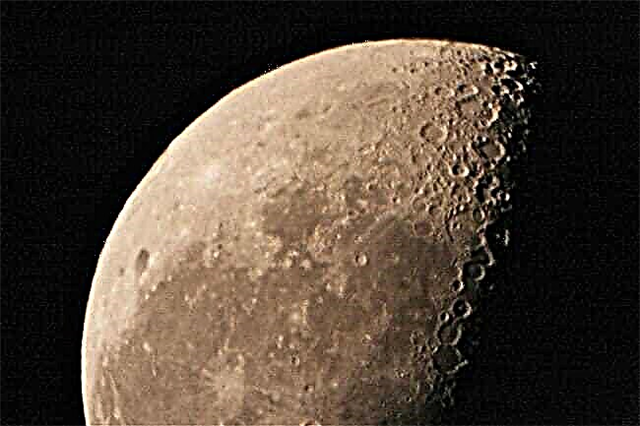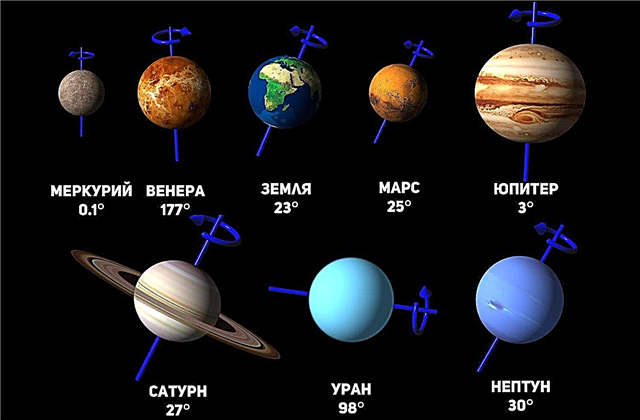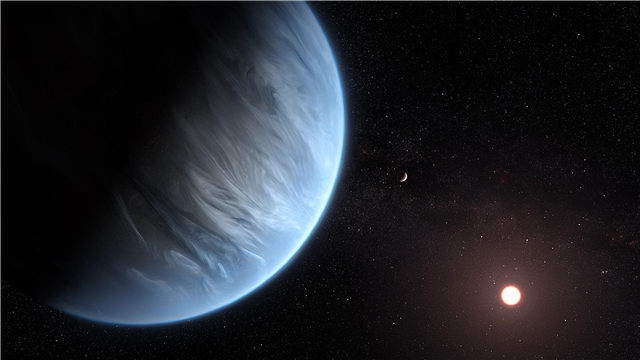
The stars themselves do not flicker. If you observe even a very distant star from outer space, it will not flicker.
The astronauts who watched the stars from the moon, where there is no atmosphere, saw the sky dotted with stars that shone with a steady, unblinking light. But here, on Earth, covered with a thick "blanket" of the atmosphere, the rays of light from stars, before reaching the surface, are repeatedly refracted in different directions.
When do the stars start to flicker?
Light from a star becomes flickering when it passes from a layer of atmosphere with a high density to a layer with a lower density. Why? The air masses around us do not stand still. They are constantly moving relative to each other. Warm air rises, cold air goes down. Air refracts light differently, depending on temperature. When light passes from a layer of air of lower density into a layer of higher density, flickering of light begins.

In this case, the outlines of the stars become blurry, their images increase. The radiation intensity of stars, that is, their brightness, varies. Either the star is visible very well, then it faded. And here again it is visible very distinctly. These changes in light intensity are scientifically called "scintillation." But we will call it "flicker."
Not all stars flicker
Planets, for example, glow with reflected sunlight and do not flicker. Venus and Mars look like large bright stars in the sky, but differ from them in that they do not flicker.Why?

Planets are closer to Earth, and we perceive them as small disks, and not as tiny dots. Light is reflected from different sections of the disc. Although it refracts in the same way, it refracts differently. Bright light is reflected from some sections of the disk, and dimmer from others. After a second, they change places. The average radiation intensity from the entire surface of the disk remains constant. Therefore, the planet’s disk glows with a steady, unblinking light.
How to distinguish a star from a planet?
A planet can be distinguished from a star by the nature of the radiation: stars flicker, but no planet. Indeed, this is not a bad way to distinguish a planet from a star. But if there are large excitations in the Earth’s atmosphere, such as a hurricane, then the planets may also flicker. Our sun is also a star. But it is much closer to Earth than the stars that we see at night. The sun is not a point in the sky.

We perceive the Sun as a large uniformly shining disk. If the Sun were trillions of kilometers distant from Earth, it would be lost among many other stars and would flicker just like them. The twinkling of a star is very beautiful and can inspire the poet. But for an astronomer, this is truly a "headache." Even if the sky is very clear, in the atmosphere there are large movements of air masses, the so-called perturbations, which greatly complicate the observation and photographing of stars.
The best time for astronomical observations is clear nights and a calm atmosphere without disturbances. When the atmosphere above the telescope is calm, astronomers make observations with good visibility and an almost complete absence of flicker.With the development of the space age, powerful telescopes were put into orbit, in which scientists observe the true picture of cosmic silence, examine stars shining with calm eternal light.












